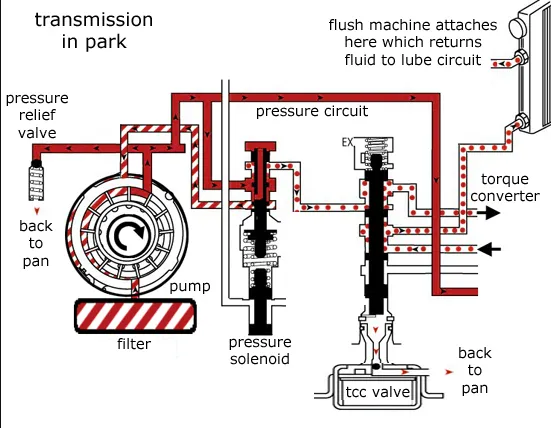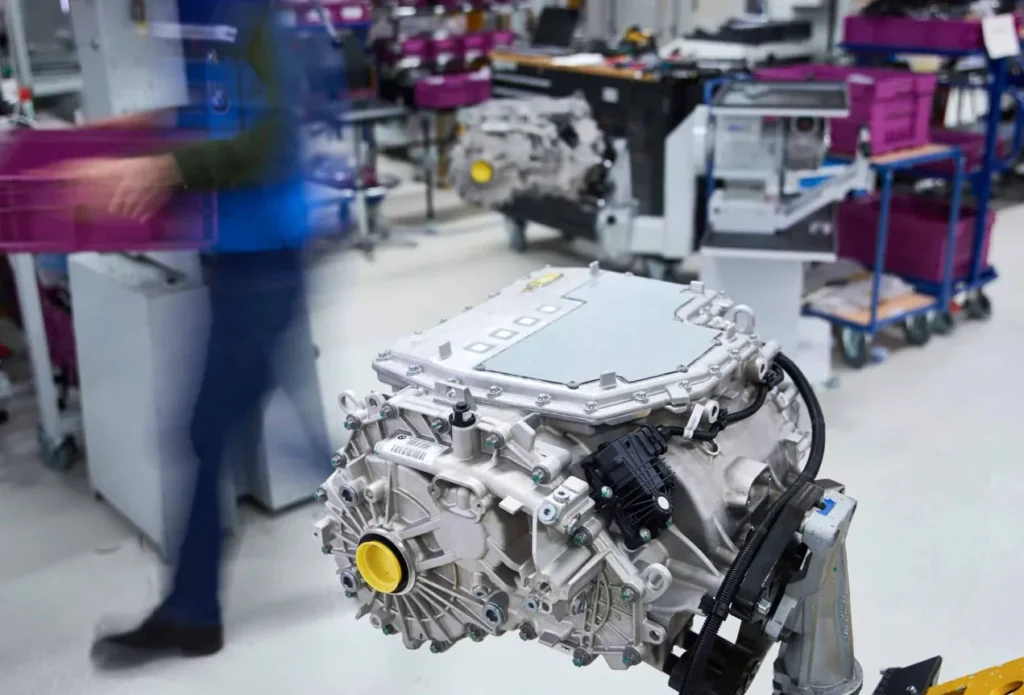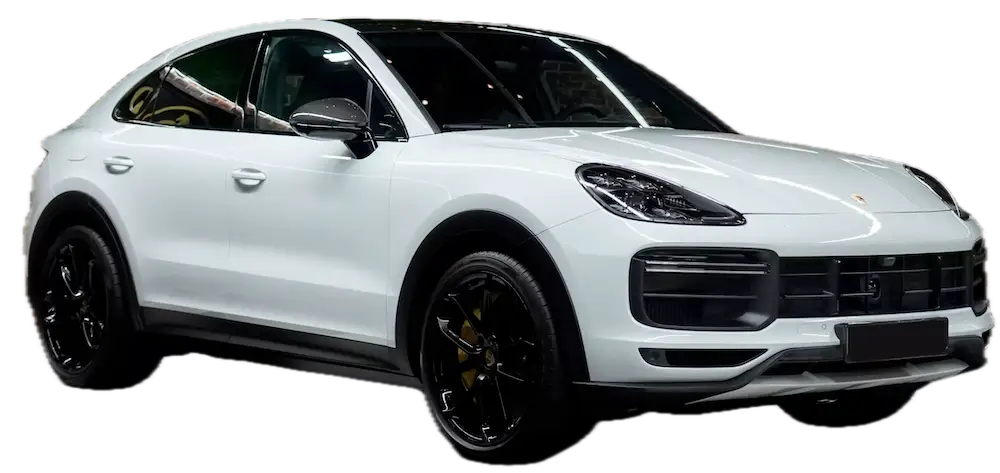VW EPC Light On? How to fix your volkswagen EPC light!
EPC Light VW Quick-Fix: To fix a VW EPC light make sure to scan for trouble codes with an OBD-II scanner. Common causes include throttle body issues, faulty brake light switches, ABS sensor failures, steering angle sensor problems or any failing accelerator pedal sensors. For minor issues with the VW EPC light you can try disconnecting the battery for 15 minutes. In most cases though we recommend a professional diagnostic to ensure the true cause is discovered!
5 Common Causes Of The VW EPC Light & How To Fix Them
Serving the greater Dallas area from our Paradise, TX location
To fix the EPC light on a VW, first scan for trouble codes with an OBD-II scanner. The most common causes are throttle body issues, faulty brake light switches, ABS sensor failures, steering angle sensor problems, or failing accelerator pedal sensors. Minor issues can sometimes be resolved by disconnecting the battery for 15 minutes to reset the system.
When the EPC light illuminates on your Volkswagen’s dashboard, it indicates a problem with the Electronic Power Control system. Unlike some warning lights that might allow for continued driving, an illuminated EPC light requires immediate attention as it affects your vehicle’s performance and safety. At our European auto repair shop, we specialize in diagnosing and repairing these issues for VW owners throughout the Dallas area.
What Does the EPC Light on a VW Mean?
The EPC (Electronic Power Control) system in your Volkswagen monitors and manages several crucial components that affect engine performance and safety:
- Throttle system functionality
- Traction control
- Electronic stability control
- Power steering assistance
- Cruise control operation
When the system detects an abnormality in any of these components or their related sensors, it triggers the EPC warning light on your dashboard. This typically happens alongside performance changes like reduced power (limp mode), uneven idling, or difficulty accelerating.
Common Questions About VW EPC Lights
What is the most common cause of the Volkswagen EPC light?
The most common cause of an EPC light in Volkswagens is throttle system issues, including the accelerator pedal and fuel throttle-body injector
- Other frequent EPC light causes can include:
- carbon buildup
- electrical connection failures
- position sensor inaccuracies
- faulty brake light switches
- ABS sensor failures
- steering angle sensor problems
- accelerator pedal sensor issues
Can I drive with an EPC light on a VW?
No, it’s not recommended to drive with the EPC light on. Your vehicle may enter “limp mode” with severely limited power, unpredictable acceleration response, compromised safety systems, and potential for worsening damage. The safest approach is to pull over when safe and arrange for diagnosis and repair.
How much does it cost to fix a Volkswagen EPC?
The cost to fix a Volkswagen EPC light typically ranges from $80 to $650 depending on the cause. Simple fixes like brake light switch replacement cost $80-$180, while more complex repairs like throttle body replacement run $300-$650, and steering angle sensor replacement with calibration costs $300-$550.
Is It Safe to Drive a VW with the EPC Light On?
No, it’s not recommended to continue driving your Volkswagen when the EPC light is illuminated. Here’s why:
- Your vehicle may enter “limp mode,” severely limiting engine power
- Acceleration response might become unpredictable or delayed
- Traction control and stability management systems may be compromised
- The underlying issue could worsen, leading to more extensive damage
- Your safety systems might not function properly in emergency situations
The safest approach is to pull over when safe to do so and arrange for diagnostics and repair. Our European auto repair services include emergency assistance for situations like these.

5 Common Causes of VW EPC Light Problems
1. Throttle Body Issues
The throttle body controls airflow into your engine and is the most common cause of EPC light activation. Problems include:
- Carbon buildup on the throttle plate
- Electrical connection failures
- Internal motor malfunctions
- Position sensor inaccuracies
These issues are often related to carbon buildup problems that are common in direct injection engines.
2. Faulty Brake Light Switch
Surprisingly, a failing brake light switch can trigger the EPC light because:
- The switch sends critical signals to the engine control unit
- It affects communication between braking and acceleration systems
- VW models have a history of brake light switch failures
3. ABS Sensor Failures
Anti-lock Brake System sensors monitor wheel speed and rotation:
- Failed sensors send incorrect signals to the stability control system
- This can trigger both ABS and EPC warning lights
- Common in VW models with higher mileage
4. Steering Angle Sensor Problems
This sensor measures the steering wheel’s position and turning rate:
- When faulty, it affects stability control calculations
- May cause the steering to feel unresponsive
- Often requires recalibration after replacement
5. Accelerator Pedal Sensor Issues
The accelerator pedal position sensor translates your foot movement into electronic signals:
- Wear or electrical issues can cause erratic throttle response
- May result in sudden power loss or surging
- Often accompanied by hesitation during acceleration
Dallas VW Repair & Volkswagen Vehicle Service
How to Fix the EPC Light on a VW: Step-by-Step Guide
Step 1: Scan for Diagnostic Trouble Codes
The first and most important step in addressing an EPC light is to read the specific error codes:
- Use an OBD-II scanner compatible with Volkswagen vehicles
- Connect the scanner to the diagnostic port (usually under the dashboard)
- Power on the scanner and follow prompts to read codes
- Record all codes for reference
Don’t have a scanner? Our vehicle & engine diagnostic services include comprehensive code reading and interpretation.
Step 2: Try a Simple Reset
For intermittent issues, a system reset might temporarily resolve the problem:
- Ensure the vehicle is completely off
- Disconnect the negative terminal of the battery
- Wait 15 minutes for the system to fully discharge
- Reconnect the battery and start the vehicle
Note: This is a temporary fix for minor issues. If the EPC light returns, proceed with proper diagnosis.
Step 3: Check the Throttle Body
If diagnostic codes point to the throttle body:
- Locate the throttle body (typically attached to the air intake manifold)
- Inspect for visible carbon buildup or damage
- For carbon buildup, cleaning may resolve the issue
- For electrical or mechanical failure, replacement is usually necessary
Step 4: Inspect the Brake Light Switch
For brake switch-related codes:
- Locate the switch near the brake pedal assembly
- Check electrical connections for corrosion or damage
- Test switch operation with a multimeter if possible
- Replace if faulty (a common and relatively inexpensive fix)
Step 5: Address ABS Sensor Issues
If wheel speed sensor codes are present:
- Identify which wheel sensor is reporting errors
- Inspect sensor wiring for damage
- Check for metal debris on the sensor (common issue)
- Replace the affected sensor and clear codes

When to Seek Professional EPC Light Repair
While some basic troubleshooting steps can be performed at home, certain scenarios warrant professional Volkswagen repair:
- Multiple error codes appear during scanning
- The issue returns immediately after resetting
- You lack specialized tools for VW diagnostics
- Problems involve the steering angle sensor (requires calibration)
- The vehicle enters limp mode and becomes difficult to drive
- Other warning lights appear alongside the EPC light

VW EPC Light Repair Costs
- Diagnostic scan and inspection: $50-$150
- Throttle body cleaning: $100-$200
- Throttle body replacement: $300-$650
- Brake light switch replacement: $80-$180
- ABS sensor replacement: $200-$400 per sensor
- Steering angle sensor replacement and calibration: $300-$550
- Accelerator pedal sensor replacement: $150-$350
Our European car specialists have the expertise and equipment to efficiently diagnose and repair EPC light issues in all Volkswagen models.
Preventing VW EPC Light Issues
To reduce the likelihood of EPC system problems in your Volkswagen:
- Follow the manufacturer’s recommended maintenance schedule
- Use high-quality fuel to prevent carbon buildup
- Address check engine lights promptly before they escalate
- Have electrical systems checked during routine services
- Consider throttle body cleaning as part of preventative maintenance
Scheduling Volkswagen maintenance can help prevent many common EPC light triggers.
FAQs About VW EPC Light Problems
Will the EPC light reset itself?
No, the EPC light will not reset itself until the underlying issue is resolved and the error codes are cleared with a scanner. Temporary disconnection of the battery may turn off the light briefly, but it will return if the problem persists.
Can low battery cause EPC light on VW?
Yes, a weak or failing battery can cause voltage fluctuations that trigger the EPC light. The electronic systems in Volkswagens are sensitive to voltage changes. Having your battery and charging system tested is a good first step in diagnosis.
Does the EPC light affect emissions tests?
Yes, an illuminated EPC light will typically cause your Volkswagen to fail an emissions test. The test center will require you to address the underlying issue before passing the vehicle.
What’s the difference between the EPC light and check engine light?
The check engine light (CEL) relates primarily to emissions and engine performance issues, while the EPC light specifically indicates problems with the electronic systems that control engine power, stability, and traction. Often both lights will illuminate together for serious issues.
Contact Paradise-Performance for VW EPC Light Repair
At Paradise-Performance in Paradise, TX, we serve Volkswagen owners throughout the Dallas & north Texas area with comprehensive diagnostics and repairs for EPC light issues. Our specialists use VW-compatible diagnostic equipment to accurately identify and resolve electronic system problems. Don’t have a Volkswagen? Paradise-Performance is the European Auto Repair Dallas Shop for any foreign vehicle needs!
Contact us today if your VW’s EPC light is illuminated. We’ll help diagnose the issue, provide cost-effective solutions, and get you safely back on the road.
Visit our blog for more helpful information about maintaining your European vehicle.





